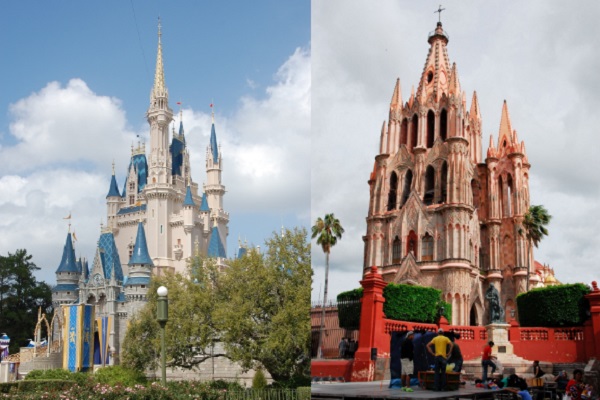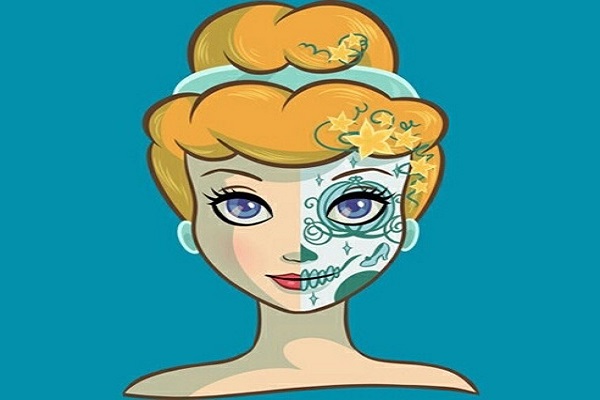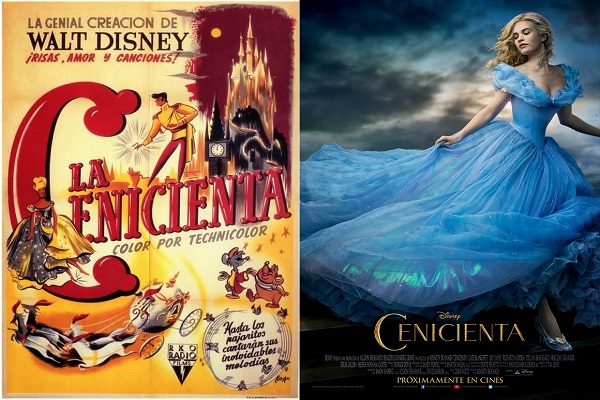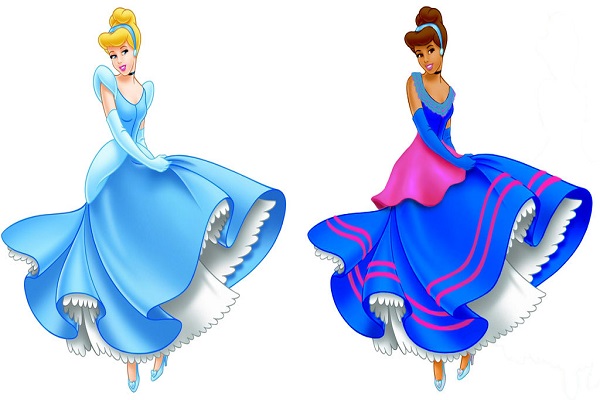As a child, my family didn’t have the money to go to movies, but my parents made the exception to take to me to the very pro-Catholic, The Sound of Music. I was so excited I still recall the pattern to the theater’s carpet (red and black tiger stripes) and merlot-colored velvet upholstery on the chairs probably more than the actual movie. Plus what child taught by nuns want to see them on the big screen? Ugh.
Suffice to say I didn’t see the Disney cartoons but made up for lost time with videotapes and my own kids. My toddler daughter and I watched Cinderella and I was very disappointed. Having already seen Belle’s intelligence and adroit handling of the Beast, Cinderella, in comparison, spent a lot of time having things (good or bad) simply happen to her. Plus she had that weird bob of blonde hair that didn’t have any strands of hair to it which I found off-putting. However, she wore a blue dress (my daughter’s favorite color) so for years we placed a Cinderella on the Christmas tree for a bit of blue flair.
Lately I stumbled on a documentary stressing how Cinderella was a life-long victim of abuse and couldn’t be expected to challenge her evil step-mother and sisters. Instead she combatted the situation with eternal kindness, creativity and a personal belief that her conditions would improve (not, necessarily, via a Prince Charming or Fairy Godmother). I found the documentary interesting on many levels, even beyond the emphasis on how it is kindness that enables one to rise above adversity.
For me, as a volunteer teacher of English as Second Language (ESL) here in San Miguel, I often used fairy tales in my curriculum. A semester of learning English through fairy tales would culminate in a theater screening of the Broadway hit “Into the Woods” featuring an interweaving of fairy tales. It was later made into a movie starring Meryl Streep.
Incorporating ESL into fairy tales I learned how Cinderella is, by far, the most popular fairy tale in Mexico because Cinderella wins the lottery (the number one wish of Mexicans in most polls). Cinderella goes from being a servant to becoming uber-rich virtually overnight (well, before midnight, so to speak). And no money is better than easy money!
The variation of Cinderella in Mexico is called Domitila. Domitala has the Governor’s son (Prince Charming) fall in love with her not for her beauty, but rather her cooking, particularly with nopales. Instead of a fairy godmother it is her dead mother’s spirit that helps her out with an identifying leather strap to her shoe (versus glass slipper). Plus having taught Domitila how to make savory nopales she cooks them at a fiesta whose aroma leads her future husband, after searching all over Mexico, to her side.
In many aspects Domitila’s Cinderella is closer to both the Grimm and grim version of the story than Disney’s.
Doing a straw poll I learned every gal, of any age, I asked only knew the Disney version of Cinderella, called Cenicienita. Older residents reminded me how Walt Disney had come to town in 1955 to supervise his movie starring resident movie star, Pedro Vargas. It is reported Disney liked the idea of her castle being placed in the middle of his Florida park like St. Michael’s marks the visual center of San Miguel.
My youngest ESL student at the time was a 13 year old named Maryella, whom the older students took to calling Cinderella. It reminded me of a comic all drag stage production I once saw called Cinder-fella!
Joseph Toone is the Historical Society’s short-story award winning author of the SMA Secrets book series. All books in the series are Amazon bestsellers in Mexican Travel and Holidays. Toone is SMA’s expert and TripAdvisor’s top ranked historical tour guide telling the stories behind what we do in today’s SMA. Visit HistoryAndCultureWalkin







